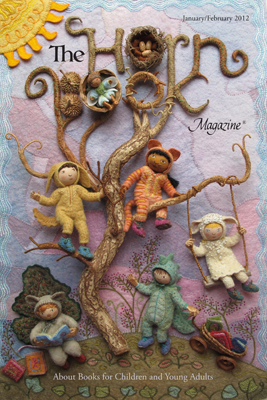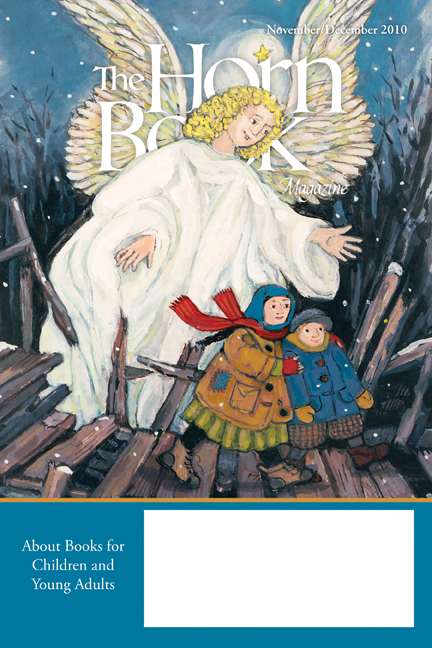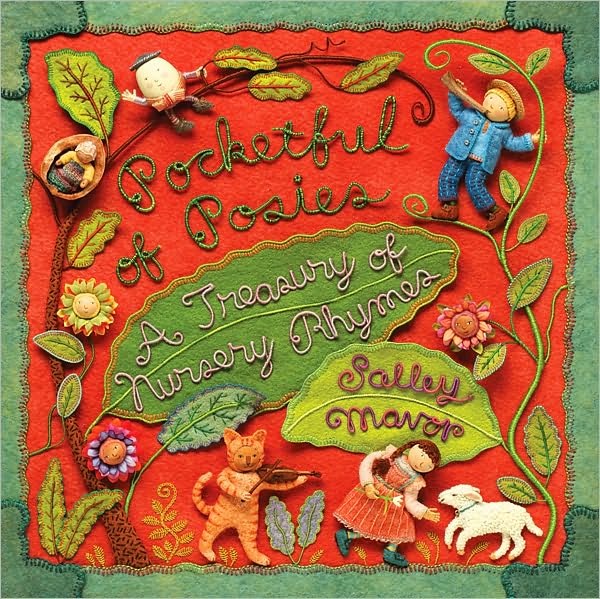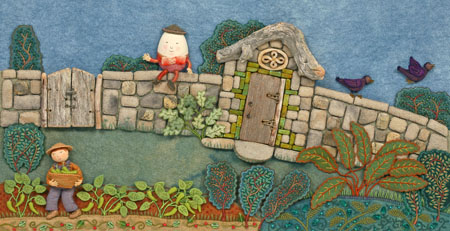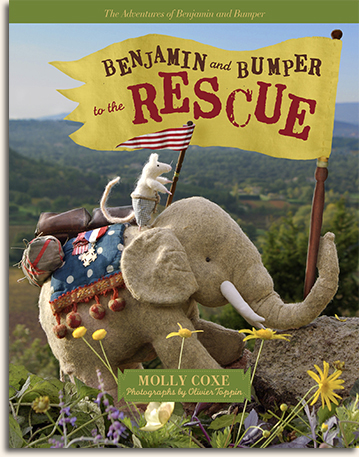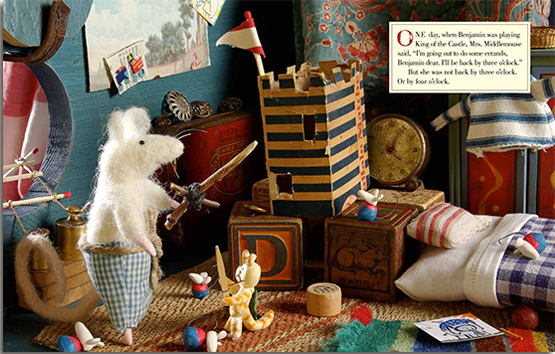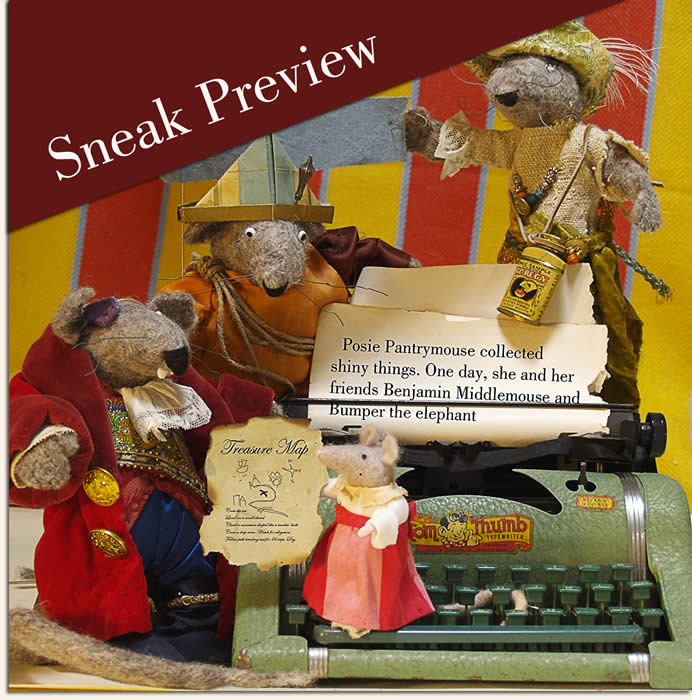The very first book I reviewed on this blog (and I use "reviewed" loosely; perhaps better to say "mentioned") was Mary and the Mouse, the Mouse and Mary by Beverly Donofrio, illustrated by Barbara McClintock (Schwartz and Wade, 2007). So I was naturally curious about the companion book Where's Mommy?, which is out now, and am happy to report that it is just as charming as the original. It has the same parallel structure, too, picking up with Maria and Mouse Mouse at bedtime one summer evening, when they discover that their mothers (the original Mary and the Mouse) are missing. Separate searches lead them to the garden shed, and a surprise that readers of Mary and the Mouse will already suspect.
I wish I had larger images of McClintock's detailed illustrations, rendered in pen-and-ink, watercolor, and gouache, to share (see them at Schwartz and Wade's Where's Mommy? flickr set). The book takes place entirely in and around (and under) Maria's family's contemporary ranch house, all glass brick and stone--a perfect fit for the long horizontals of the double-page spreads. My favorite image is of the living room (it's in the flickr set)--besides the bookcase, which is ample, I especially like the painting on the wall: it's a reproduction of Goya's portrait of Manuel Osorio Manrique de Zuñiga, with three cats (at the Metropolitan Museum of Art). The mouse family living below gets a print of Hunca Munca from Beatrix Potter's The Tale of Two Bad Mice.
[Barbara McClintock is one of my favorite illustrators. Does anyone know whatever happened to Adele and Simon in China? It was supposed to come out Fall 2011.]


